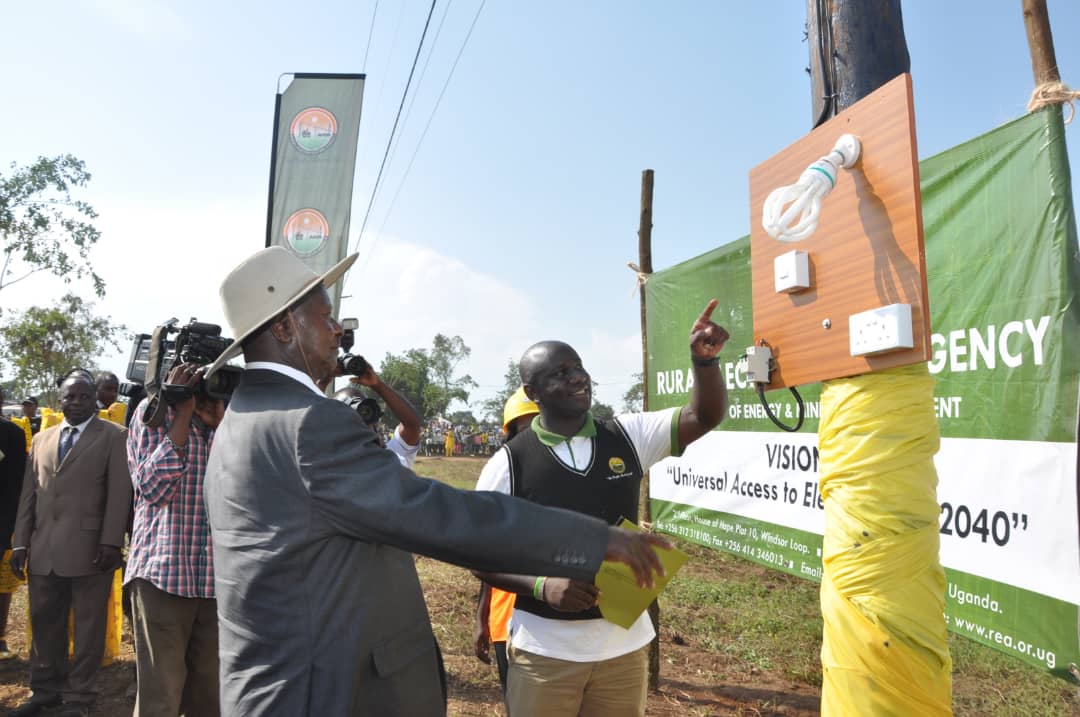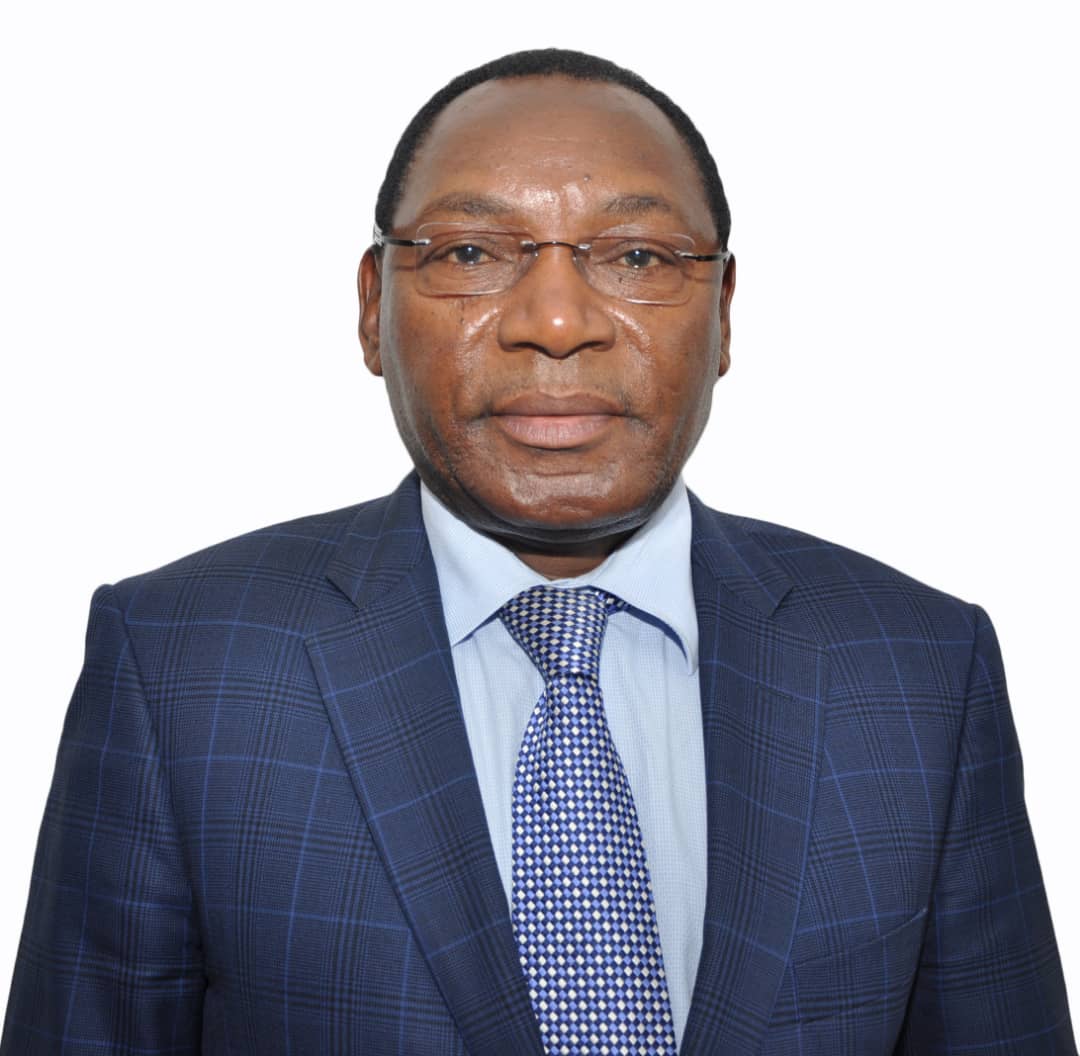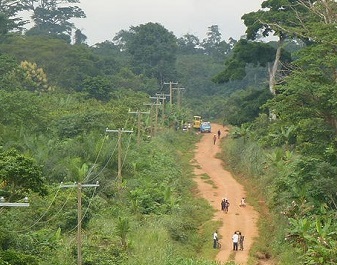
KAMPALA – The Rural Electrification Agency (REA) has commissioned TBEA China Ltd, to commence operations to connect 620 unserved administrative centers on the power grid.
The three-year project worth USD 212 million partaken by the Chinese Power company, strives to connect sub-
counties. Divisions and town councils and that are in darkness to the national power grid.
The clearance to proceed with phase 1 comes amid the COVID-19 pandemic that saw restrictions to curb the spread of coronavirus in Uganda.
Signed on October 31, 2019, the project dubbed, Bridging The Demand Supply Balance Gap Through the Accelerated Rural Electrification Programme is being financed through a concessional loan from the EXIM Bank of China.
Among the districts cleared for project phase 1 commencement is Kapchorwa, Bugiri, Kibuku, Kumi, Madi Okollo Adjumani, Otuke, Omoro, Kyegegwa, Kassanda, Kiboga, Kagadi, Kibaale, Isingiro, Kanungu, Bundibugyo, Rakai, Manafa, Namutumba and Ntungamo.

This project will see the Construction of at least 4000km of Medium Voltage Lines, 6000km of Low Voltage Lines and supply and Installation of Distribution Transformers: 3,401 Nos.
The report revealed that Supply of materials for 170,000 Last mile customer connections shall be expedited in efforts to end.
In order to ensure adherence to the Buy Uganda Build Uganda (BuBu) policy, the Contractor was urged to source all the wooden poles and concrete stubs to be used under this project locally to boost the growing industry.
TBEA China Company has to date contracted four pole manufacturing companies to locally supply electric poles to be used to link to the power grids
Access to electricity – according to the World Bank collection of development indicators (2017) -compiled from officially recognized sources – stood at 22 percent with 57.9% of the Urban Population having access and a distressing 18% in rural areas.

These revelations spoke in the gap in connection of rural and some urban areas to power grids and also revealed that only 0.77% of the Uganda’s population has access to clean fuels and technologies for cooking.
However, REA project seeks to bridge the gaps as a portion of population languishes in darkness,
In 2016, Uganda government secured US$212m from the Chinese government to boost the rural electrification programme in efforts to increase the rural electrification access rate to 51 per cent by 2030 and 100 per cent by 2040.
According to the Chinese ambassador to Uganda, Zheng Zhuqian at the signing of loan agreement, the project of bridging the demand supply balance gap through the accelerated Rural Electrification Programme is a good example for China-Uganda Economic Cooperation considering Uganda is one of the countries with the lowest electricity rate in Africa.





